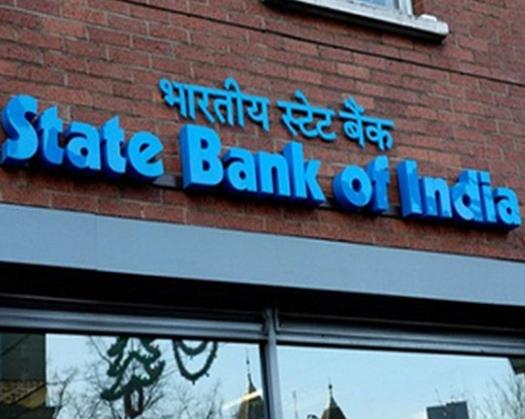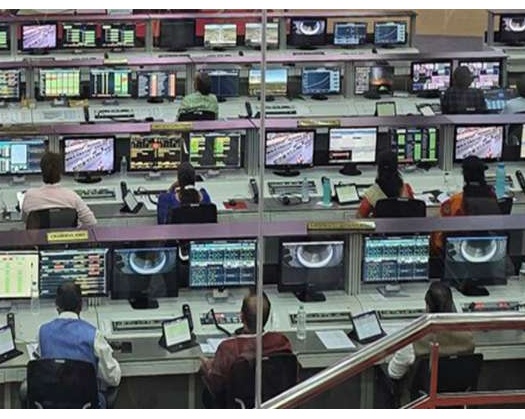According to an SBI research, while household debt in India has risen in the last three years, this is not always a reason for concern, particularly when viewed in light of the economy and the kind of debt.
It stated that India's household debt is manageable and not concerning because more than two-thirds of the portfolio has excellent credit quality and the increase is due to an increase in the number of borrowers rather than an increase in average debt.
Furthermore, asset development, such as house and vehicle loans, accounts for 25% of the total, whereas productive objectives, like agriculture, company, and education loans, account for 30%. The Reserve Bank of India (RBI) believes the increase in household debt is manageable, especially because around two-thirds of the portfolio is made up of prime and above-credit-quality borrowers.
As of now, India's household debt is relatively low, accounting for 42% of total debt, whereas the average for other emerging market nations (EMEs) is 49. 1%.
According to SBI's research, 45% of loans, including personal loans, credit cards, and consumer durables loans, are utilized for consumption.
The RBI's current rate-easing cycle has already resulted in a 100-basis-point cut in the repo rate, resulting in an automatic drop in externally connected benchmark interest rates. This is expected to bring considerable relief to households.
During this ratecut easing cycle, it is expected that approximately 80% of retail and MSME loan portfolios are connected to the External Benchmark Lending Rate (EBLR), indicating potential savings of between Rs 50,000 and Rs 60,000 for families.
This relaxation cycle is expected to last for around two years, contributing to a drop in household interest rates.
The RBI reduced the policy repo rate under the Liquidity Adjustment Facility by 50 basis points to 5. 5% last week. This rate drop was followed by a 100 basis point reduction in the Cash Reserve Ratio (CRR) in four tranches of 25 basis points each, beginning September 6.









